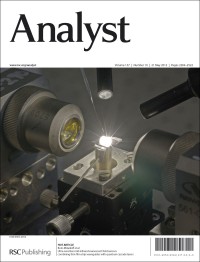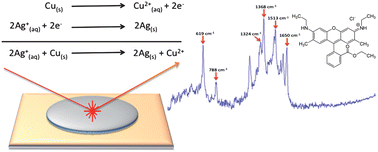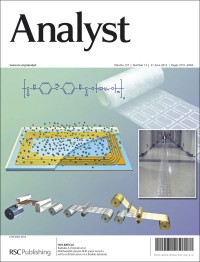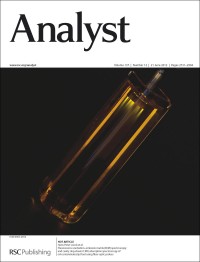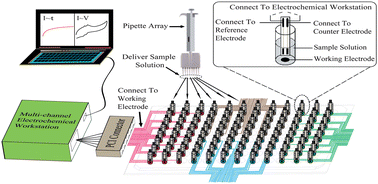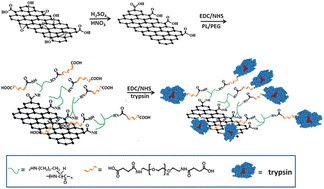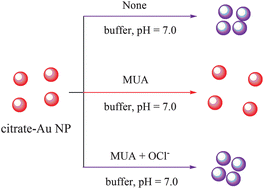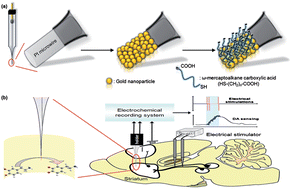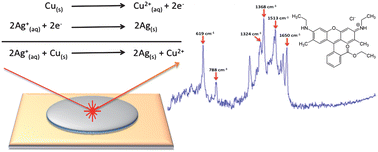It’s been a busy month with so many great papers, so here are some HOT articles from Analyst that you might have missed this May!
Why not take a look, they will be free to read for 2 weeks.
Ultra-low level optical detection of mercuric ions using biogenic gold nanotriangles
Amit Singh, Renu Pasricha and Murali Sastry
Analyst, 2012, Advance Article
DOI: 10.1039/C2AN35162E
Convergence of Dip-Pen Nanolithography and acoustic biosensors towards a rapid-analysis multi-sample microsystem
Konstantinos Mitsakakis, Sylwia Sekula-Neuner, Steven Lenhert, Harald Fuchs and Electra Gizeli
Analyst, 2012, Advance Article
DOI: 10.1039/C2AN35156K
Surface-assisted laser desorption–ionization mass spectrometry on titanium dioxide (TiO2) nanotube layers
Gaëlle Piret, Doohun Kim, Hervé Drobecq, Yannick Coffinier, Oleg Melnyk, Patrik Schmuki and Rabah Boukherroub
Analyst, 2012, Advance Article
DOI: 10.1039/C2AN35207A
Amplified quenching of electrochemiluminescence from CdS sensitized TiO2 nanotubes by CdTe–carbon nanotube composite for detection of prostate protein antigen in serum
Chun-Yuan Tian, Wei-Wei Zhao, Jing Wang, Jing-Juan Xu and Hong-Yuan Chen
Analyst, 2012, Advance Article
DOI: 10.1039/C2AN35493D
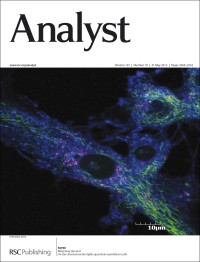 Nafion–CNT coated carbon-fiber microelectrodes for enhanced detection of adenosine
Nafion–CNT coated carbon-fiber microelectrodes for enhanced detection of adenosine
Ashley E. Ross and B. Jill Venton
Analyst, 2012, Advance Article
DOI: 10.1039/C2AN35297D
High throughput single molecule tracking for analysis of rare populations and events
Robert Walder, Mark Kastantin and Daniel K. Schwartz
Analyst, 2012, Advance Article
DOI: 10.1039/C2AN16219A
Fluorogenic and chromogenic probe for rapid detection of a nerve agent simulant DCP
Wei-hui Wu, Jun-jun Dong, Xin Wang, Jian Li, Shao-hui Sui, Gao-yun Chen, Ji-wei Liu and Ming Zhang
Analyst, 2012, Advance Article
DOI: 10.1039/C2AN35428D


